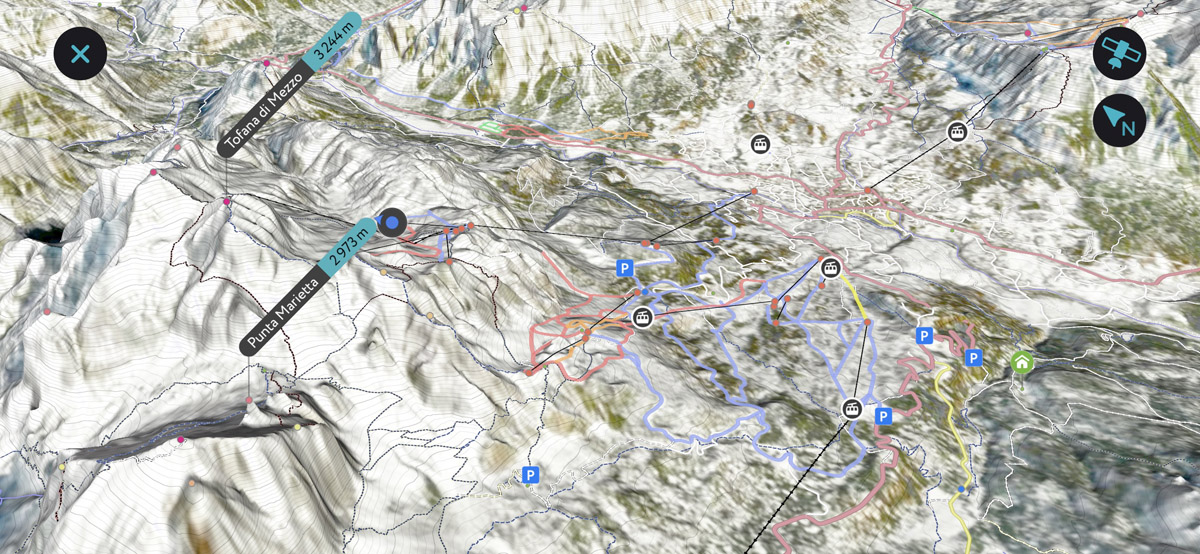Get PeakVisor App
Sign In
Search by GPS coordinates
- Latitude
- ° ' ''
- Longitude
- ° ' ''
- Units of Length

Yes
Cancel
Share ×

Scan the QR code and open PeakVisor on your phone
❤ Wishlist ×
Choose
Delete
Punjab is a state in the far northwest of India. It spans 50,362 square kilometers (19,445 sq mi), and is home to over 27 million people. Punjab borders the identically-named province of Punjab in Pakistan, and together, they comprise a greater eponymous cultural region. Compared to the mountainous Himalayan states further north, such as Jammu and Kashmir and Himachal Pradesh, Punjab is mostly flat, dominated by fertile plains and rivers. Its highest point, Chilwāli Ghar, is a mere 520 meters (1,706 ft) in elevation. The most prominent mountain is Kheri (245 m / 804 ft). In total, the state has 11 named summits.

Clockwise from the north, Punjab is bordered by the states Jammu and Kashmir, Himachal Pradesh, Haryana, and Rajasthan. To the northwest, Punjab shares an international border with the Pakistani province of the same name. The capital is Chandigarh, which is in the state’s east.
Punjab, with an average elevation of just 300 meters (980 ft), is primarily a place of flatlands and rivers. In fact, the name Punjab can be traced to the Persian panj (five) and āb (water), meaning “The Land of Five Rivers.” These five rivers, all tributaries of the Indus River, are Jhelum, Chenab, Ravi, Sutlej, and Beas. They flow southwest from the Himalaya, generally parallel with each other, before merging into the Indus south of the Pakistani city of Multan.
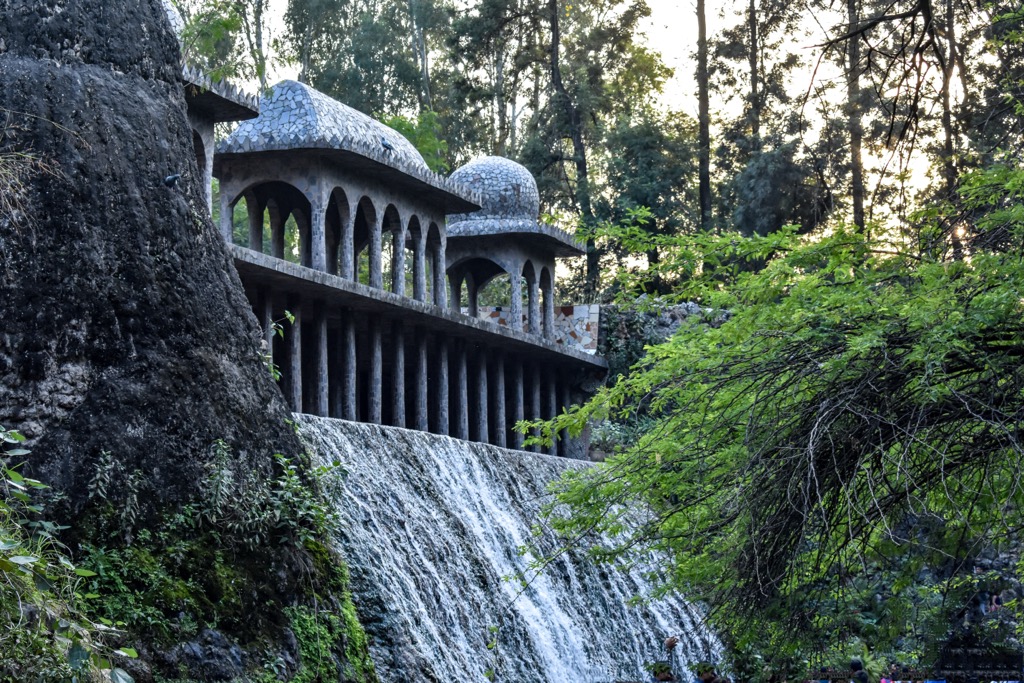
The latter three flow through Indian Punjab (the other two in Pakistan), making the state highly fertile and agriculturally rich—known for wheat, millet, barley, cotton, and sugarcane production.
Topographically, Punjab is characterized by a series of low, rolling hills in the northeast, the Siwalik Range's outer reaches that run parallel to the Himalaya for roughly 1,600 kilometers (1,000 mi) west across Nepal, India, and Pakistan. The highest of these is Chilwāli Ghar (520 m / 1,706 ft). However, most of Punjab is flat, and the state becomes increasingly arid in the southwest, which abuts the northeastern reaches of the Thar Desert.

Though historically forested, the state’s trees have been almost entirely cleared for agriculture. In fact, out of all the states in India, Punjab has the lowest forest cover (as a percentage of land area). As of 2017, a mere 3.6% of its total area was forested. In the wake of this deforestation, the remaining vegetation is primarily bush and shrubbery.
The region’s climate varies, generally by proximity to the Himalaya, with the northern parts of the state receiving much heavier rainfall. The summer lasts from mid-April to the end of June, with temperatures reaching up to 49 °C (120 °F). This is followed by a rainy season, from July to September, then a transitional period and winter. In the coldest month (January) temperatures can reach as low as 5°C (41°F).

The Punjab plain is a portion of the Indo-Gangetic Plain, which stretches across the northern Indian subcontinent, across the drainages of the Indus and Ganges rivers (hence the name). Indian Punjab lies on the Indian tectonic plate. The rocks here are Cenozoic sedimentary, specifically dating to the Neogene period (23 million years ago to 2.5 million years ago).
As noted above, Punjab is topographically quite uniform, with a consistently low elevation and profile. The extensive natural irrigation of the plains has led to an alluvial nature; the region is rife with sediments like silt, sand, clay, and gravel, swept down into the streambeds after heavy rainfall.
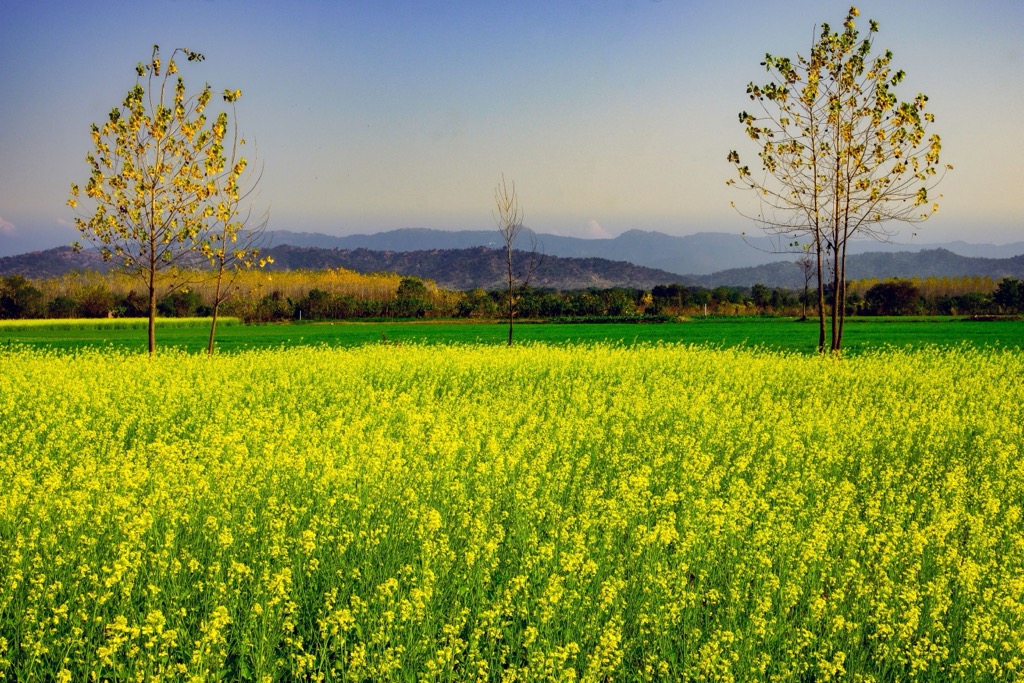
Due to the intense agriculturalization of the region and the severe deforestation, the flora and fauna in Punjab is quite limited. The state has no national parks, biosphere reserves, and few protected areas. In the south and center of Punjab, heavy agriculture limits the surviving fauna to savvy rodents and scavengers, such as mice, rats, squirrels, snakes, and some species of monkey, like the rhesus macaque (Macaca mulatta). In the northwestern regions, such as the Siwalik Hills, larger species are able to survive, such as leopards, boars, jackals, and the endangered Indian pangolin (Manis crassicaudata).

Another interesting instance of fauna in Punjab is the colorful Alexandrine parakeet (Psittacula eupatria) named for the Macedonian warlord, who transported these birds from Punjab to various European and Mediterranean regions as gifts for royalty and nobility.
Among other threatened species, Punjab is also home to Bengal monitor lizards (Varanus bengalensis), Indian python (python molurus), Asian woolly-necked stork (Ciconia episcopus), and sambar (Rusa unicolor).
Noteworthy flora includes the flame of the forest (Butea monosperma), a bright-orange flowering plant revered as sacred by the Hindus, and the gum arabic tree (Vachellia nilotica). The state tree is the shisham (Dalbergia sissoo), a fast-growing deciduous rosewood, the twigs of which are often used as traditional toothbrushes.
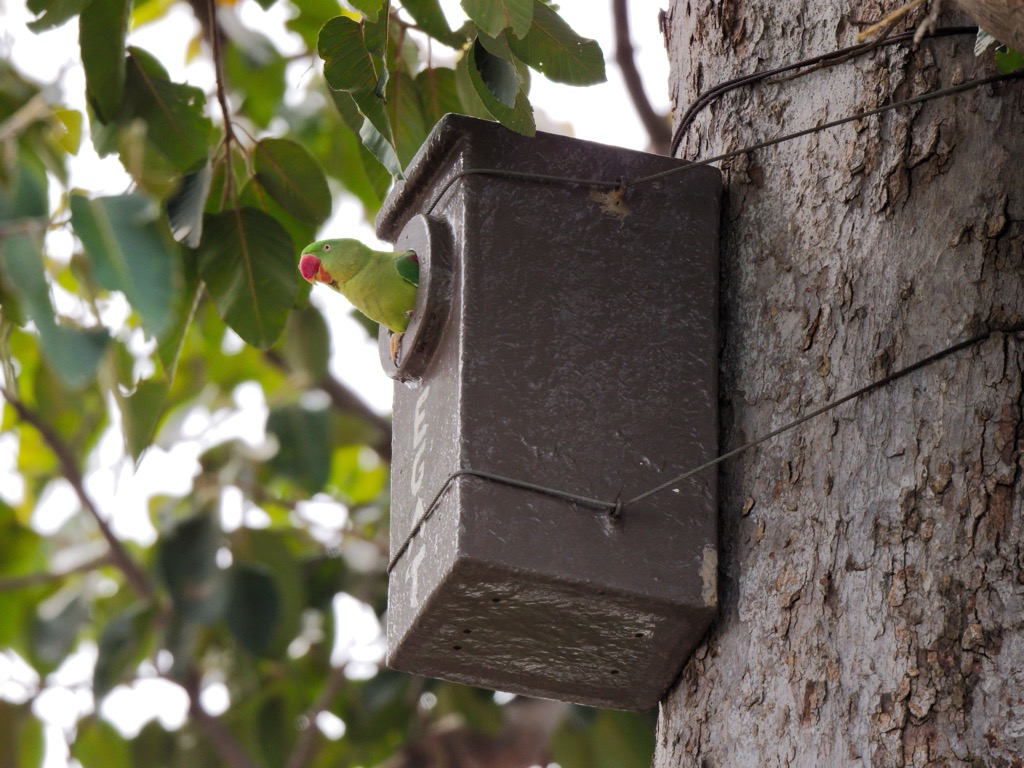
Burmese rosewood (Pterocarpus indicus), a critically endangered flowering hardwood, used in folk medicine to combat tumors, can also be found in Punjab. Bengal quince (Aegle marmelos), a fruiting tree that produces a baseball-sized, round fruit that tastes like marmalade and smells like roses, is also present.
Although Punjab today is both a state in India and a province in Pakistan, the history of Punjab largely transcends these modern-day borders. It’s really a history of the greater historical and cultural Punjab region, which spans part of both countries.
The fertile plains of “The Land of Five Rivers,” nourished by the Indus River system, have drawn settlers, empires, and migrants for thousands of years. Evidence suggests human presence began here during the Paleolithic era, but the region’s first significant development was the Indus Valley Civilization (3300-1300 BCE), one of the world's earliest urban societies.

Sites like Harappa, located in Pakistani Punjab, reveal advanced urban planning, standardized weights and measures, and an undeciphered script. The civilization’s decline remains nebulous, and a subject of debate, but some scholars point to climate change and shifting river courses.
The Vedic period (1500-500 BCE) saw the arrival of Indo-Aryan tribes. They established a pastoral society, organized into varnas (social classes), and laid the groundwork for modern-day Hinduism. The region later witnessed the rise and fall of several empires, including the Mauryas, Indo-Greeks, and Kushans. This era saw the flourishing of Buddhism, with the Punjab serving as a vital link in trade routes connecting India to Central Asia. Taxila, a renowned center of learning, attracted scholars across the region.
A defining moment was the emergence of Sikhism in the 15th century. The religion, which was founded in the Punjab, espoused equality, egalitarianism, and fierce social conscience in contrast to the rigid ethnic, gender, and class roles of the time. Sikhism quickly attracted many adherents across Punjab, and led to clashes with the region's then-overlords, the Muslim Mughals (which had succeeded the Delhi Sultanate).
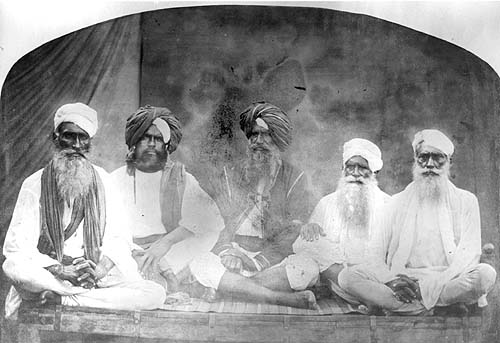
Though the Sikhs were heavily persecuted and submerged in the Mughal Empire for a time, they eventually broke away as Mughals descended into anarchy and established a dominant Sikh kingdom in the late 18th century. Under founder Maharaja Ranjit Singh (1780-1839), the Sikh kingdom expanded rapidly, encompassing almost all of Punjab and surrounding areas.
However, the Sikh empire and Punjabi independence were short-lived. By the mid-19th century, the Sikhs had fallen to British colonial expansion. The British incorporated Punjab into their Indian empire, implementing administrative reforms and infrastructure development. In this period, the region became a crucial source of agricultural produce and military recruits.
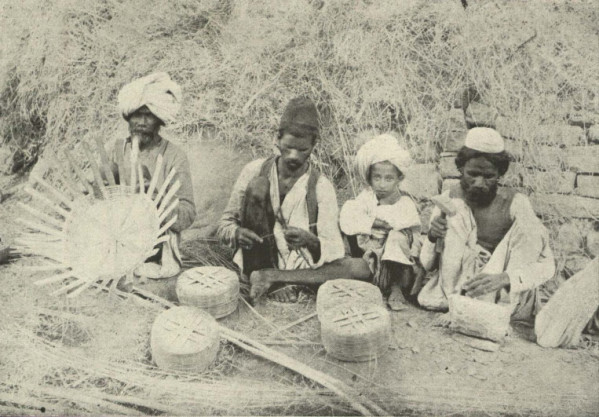
During the partition of India in 1947, the region was divided along arbitrary “religious” lines, triggering widespread violence and displacement. Millions were forced to migrate across the newly created borders between the nations of Pakistan and India.
Today, the Punjab exists as two distinct entities: Indian Punjab, the predominantly Sikh and Hindi-speaking state known for its agricultural output (and the subject of this article), and Pakistani Punjab, the most populous province of Pakistan, primarily Punjabi-speaking and Muslim.
The predominant ethnolinguistic group of the Punjab region are the Punjabi people, who speak the Punjabi language. In India, Punjabi Sikhs are still the majority. Punjab is the only state where a religious group other than Hindus, Muslims or Christians forms a majority. Nevertheless, a rich tapestry of religions, including Islam, Hinduism, Christianity, Jainism, Zoroastrianism, Buddhism, and Ravidassia, are also present.
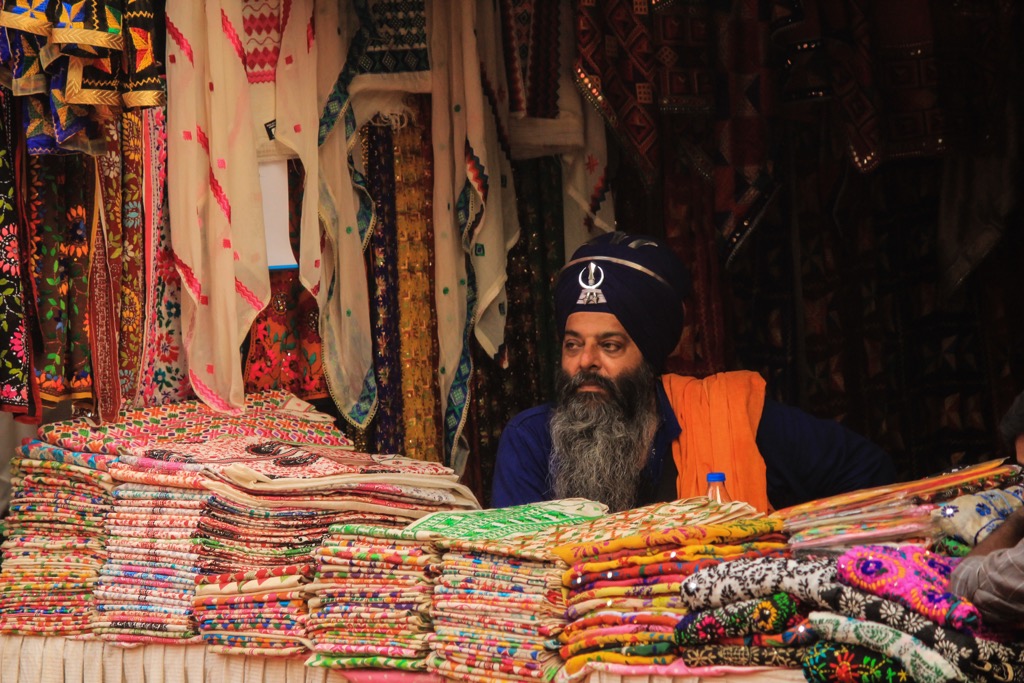
Although much of Punjab is deforested and taken over by agriculture, there are ecologically significant wilderness sites, such as the Harike Wetland (Hari-ke-Pattan), a wildlife sanctuary in the state's center. This artificial wetland and lake, one of the largest in India, sits at the confluence of the Beas and Sutlej Rivers, and was formed by diverting the Sutlej in 1953.
In the intervening years it has become incredibly biodiverse, especially as a stopping point for migrating bird species. Over 200 species of bird visit the lake during winter migration. It is also home to the endangered smooth-coated otter (Lutrogale perspicillata), and extremely rare Indus dolphin (Platanista gangetica minor).

This mellow sub-range of the Himalaya runs through the northwestern edge of the Punjab region, from Chandigarh to Rupnagar and Hoshiarpur, and is home to most of the state’s remaining untrammeled wilderness. As a region, it is the best jumping off point for adventures in Punjab, and also contains almost all of the state’s mountains, including its highest point, Chilwāli Ghar (520 m /1,706 ft).

While Punjab has no national parks or biosphere reserves, the state does have 13 wildlife sanctuaries. In addition to Harike Wetland, these are Abohar, Bir Aishvan, Bir Bhadson, Bir Bhunerheri, Bir Dosanjh, Bir Gurdialpura, Bir Mehaswala, Bir Motibagh, Jhajjar Bacholi, Kathlaur Kushlian, and Nangal.
Abohar is particularly notable, as it is one of the few hotspots of rare blackbuck (Antilope cervicapra), a black antelope sacred to the indigenous Bishnoi people. The wetlands of Nangal are also worth visiting, as a habitat for the critically endangered Indian pangolin (Manis crassicaudata).
Amritsar (pop 1.1 million) is the spiritual and cultural center of Sikhism, the second-largest city in Punjab, and the state’s economic capital. Located just 28 kilometers (17.4 mi) from the border with Pakistan, Amritsar is a point of cross-cultural exchange between the two countries.
The city’s iconic Harmandir Sahib (Golden Temple) is a breathtaking gurdwara plated in gold, and the leading spiritual site of Sikhism. Here, visitors can watch the community kitchen (langar) serving free meals to thousands of people daily, exemplifying the Sikh principle of selfless service (seva).
Jallianwala Bagh, a public garden where a tragic massacre occurred in 1919, serves as a poignant reminder of India’s struggle for independence. As many as 1,000 Indian pro-independence activists were killed here by units of the British Indian Army, and bullet marks remain on the walls.

Travelers can witness the daily flag-lowering ceremony at the Wagah border between India and Pakistan, featuring synchronized marching and elaborate flag-handling by soldiers from both sides. Other notable attractions include the Durgiana Temple, often called the “Silver Temple,” and guided heritage walks that delve into the city's history and culture. Amritsar is also known for producing wooden chess pieces and boards. It is a food lover's paradise, famous for Amritsari kulcha, butter chicken, and delectable street food, especially the crispy jalebis.
Chandigarh, with a population of roughly 1.7 million, is both the capital city of Punjab and neighboring Haryana, and was India's first “planned” city. Designed by Swiss-French architect Le Corbusier (Charles-Édouard Jeanneret) in the 1950s, it is celebrated for its wide boulevards, green spaces, and architectural landmarks, and in a 2015 survey, was ranked by inhabitants as the “happiest city” in the entire country (although, admittedly, this author has visited, and found the pollution to be quite severe).

The Rock Garden, a unique creation by Nek Chand, is a sprawling sculpture garden made from recycled materials, featuring intricate mosaics, waterfalls, and hidden pathways. Sukhna Lake, a serene artificial lake surrounded by hills, is popular for boating and enjoying the sunset. The Capitol Complex, a UNESCO World Heritage Site, houses significant government buildings and showcases Le Corbusier's architectural vision, which included the unique “Tower of Shadows,” a building designed so that not a single ray of sun enters it from any angle.
The city also boasts one of Asia's largest rose gardens, with over 1,600 varieties of roses. Sector 17 Market provides a bustling commercial hub for shopping, dining, and entertainment, while the Government Museum and Art Gallery showcases the region's history and art. Chandigarh's diverse culinary scene offers everything from traditional Punjabi fare to international cuisine, with options ranging from rooftop restaurants to street food stalls.

Explore Punjab Mountains with the PeakVisor 3D Map and identify its summits.








